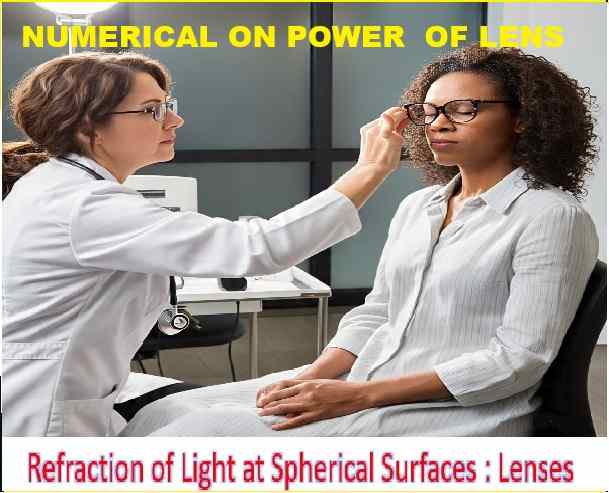Economic Importance of Bacteria MCQs Answer Biology Class-9 ICSE Selina Publishers Solutions Chapter-9 Part A. Step By Step ICSE Selina Concise Solutions of Chapter-9 Economic Importance of Bacteria with Exercise-9A including MCQs, Very Short Answer Type, Short Answer Type, Long Answer Type and Structured/Application Questions Solved . Visit official Website CISCE for detail information about ICSE Board Class-9.
Economic Importance of Bacteria Exe-9A MCQs Answer Biology Class-9 ICSE Concise Selina Publishers
| Board | ICSE |
| Publications | Selina Publication |
| Subject | Biology |
| Class | 9th |
| Chapter-9 | Economic Importance of Bacteria and Fungi |
| Book Name | Concise |
| Topics | Solution of A. MCQs Answer Type |
| Academic Session | 2023-2024 |
A. Multiple Choice Type
Economic Importance of Bacteria Class-9 Biology Concise Solutions
Page 93
Question 1. Choose the correct answer from the options given below:
(a) Bacteria are no more classified as plants primarily because:
(i) these are unicellular
(ii) these are microscopic
(iii) many of them are parasitic
(iv) they have no chlorophyll
Answer
(iv) :they have no chlorophyll
(b) A particular species of which one of the following, is the source bacterium of the antibiotic, discovered next to penicillin, for the treatment of tuberculosis?
(i) Escherichia
(ii) Streptomyces
(iii) Rhizobium
(iv) Nitrobacter
Answer:
(ii) Streptomyces
(c) Which bacteria is rod shaped?
(i) Coccus
(ii) Spirillum
(iii) Bacillus
(iv) Vibrio
Answer:
(iii) Bacillus
(d) Which bacteria fixes nitrogen in the soil?
(i) Nitrobacter
(ii) Nitrosomonas
(iii) Rhizobium
(iv) Clostridium
Answer:
(iii) Rhizobium
(e) Cell wall of bacteria is composed of:
(i) Cellulose
(ii) Peptidoglycan
(iii) Glycogen
(iv) Lipoproteins
Answer:
(ii) Peptidoglycan
(f) Which of the following structures is suspended in the cytoplasm of a bacterial cell ?
(i) Plasma
(ii) Capsule
(iii) Plasmid
(iv) Flagellum
Answer:
(iii) Plasmid
(g) Bacteria mainly reproduces by means of :
(i) Multiple fission
(ii) Budding
(iii) Binary fission
(iv) Regeneration
Answer:
(iii) Binary fission
(h) Bacteria are referred to as prokaryotes because:
(i) They have no chlorophyll
(ii) They are unicellular
(iii) They are free living-
(iv) They do not have a well defined nucleus enclosed in a nuclear membrane.
Answer:
(iv) They do not have a well defined nucleus enclosed in a nuclear membrane.
(i) Which of the following diseases can be prevented by TAB?
(i) Tuberculosis
(ii) Typhoid
(iii) Tetanus
(iv) Taeniasis
Answer:
(ii) Typhoid
(j) A preparation consisting of weakened or dead germ substances is:
(i) Toxins
(ii) Antitoxins
(iii) Toxoids
(iv) Vaccines
Answer:
(iv) Vaccines
— : End of Economic Importance of Bacteria Part (A) A. MCQs Answer Class-9 ICSE Biology Solutions :–
Return to Return to Concise Selina ICSE Biology Class-9
Thanks
Please share with your friends



Very helpful.
thanks keep in touch
Very helpful
thanks and share with icse student if solutions are helpfull
team icsehelp
thanks
keep in touch
thanks
how can i download as pdf
No download option only online study available due to technical reason of updating time to time
Not helpful as short answer and long answer are not given
all answer are given go to bottom and click on return to biology class 9 selina concise solutions